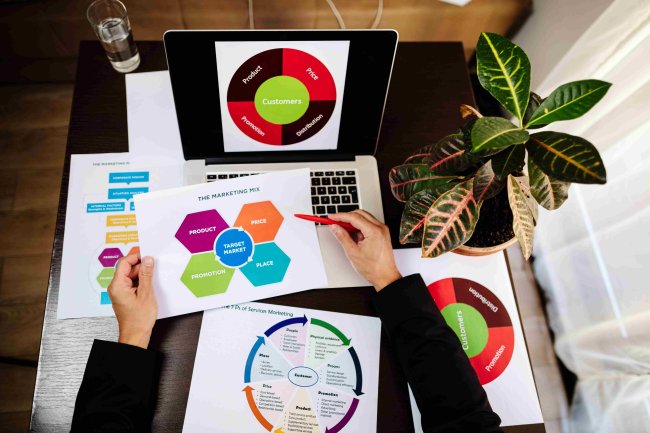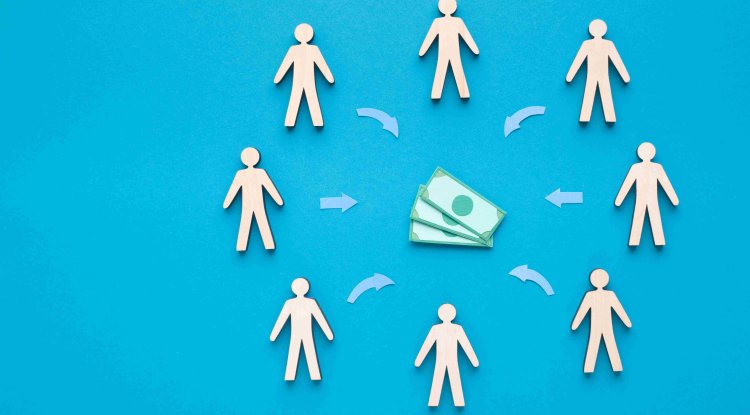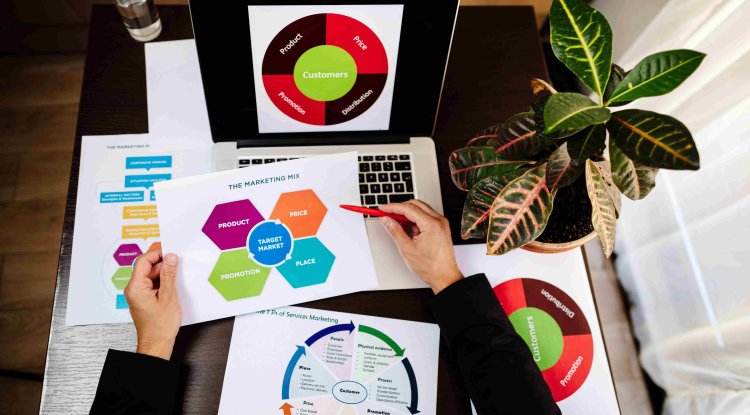Unlocking the Power of Personalized Messaging: Best Practices for Email Campaign Segmentation
Discover the best practices for personalized messaging through segmentation in email campaigns. Learn how to enhance engagement and drive conversions with targeted strategies.

In today’s digital marketing landscape, personalization has become a crucial element in engaging your audience and driving conversions. One of the most effective ways to achieve personalization is through segmentation in email campaigns. This approach allows you to tailor your messages based on various factors such as demographics, behavior, and preferences, ultimately enhancing the customer experience and maximizing your campaign's impact.
The Importance of Segmentation
Segmentation enables marketers to categorize their audience into distinct groups, allowing for targeted messaging that resonates with each segment. This strategy goes beyond merely addressing subscribers by their first name; it involves understanding their unique needs, behaviors, and motivations. By leveraging segmentation, you can deliver relevant content that encourages engagement, builds relationships, and drives sales.
Benefits of Segmentation
-
Higher Engagement Rates: Personalized messages significantly increase open and click-through rates. According to research, segmented campaigns can lead to a 14% higher open rate and a 10% increase in click-through rates compared to non-segmented campaigns.
-
Improved Customer Experience: When customers receive relevant content, they feel valued and understood. This fosters loyalty and encourages repeat business.
-
Better ROI: By targeting specific segments, you can optimize your marketing budget. Rather than sending generic messages to your entire list, focusing on the segments most likely to convert maximizes your return on investment.
Best Practices for Effective Segmentation
1. Define Your Segments
Start by identifying the criteria for segmentation. Common factors include:
- Demographics: Age, gender, income, location, etc.
- Behavioral Data: Purchase history, browsing behavior, email interactions.
- Psychographics: Interests, values, lifestyle choices.
By defining clear segments based on these criteria, you can create tailored messaging that speaks directly to each group.
2. Utilize Data Analytics
Leverage your marketing automation platform to gather and analyze data on your audience. Tools like Marketo enable you to track user behavior, segment your audience effectively, and automate personalized messaging. By analyzing data, you can gain insights into what content resonates with each segment and refine your strategy accordingly.
3. Create Targeted Content
Once your segments are defined, craft personalized content that addresses the specific needs and interests of each group. This can include tailored product recommendations, personalized discounts, and content that speaks to their pain points. The more relevant your messaging, the more likely your audience will engage with it.
4. Test and Optimize
A/B testing is crucial in determining what works best for your segments. Experiment with different subject lines, content formats, and call-to-action placements to see which combinations yield the best results. Continuous optimization based on real-time data will help you refine your approach and improve overall campaign performance.
Case Study: Transforming Engagement through Segmentation
During my tenure at a leading e-commerce company, we faced challenges in engaging our diverse audience through email campaigns. By implementing a segmentation strategy, we categorized our audience into distinct groups based on purchase history, demographics, and engagement levels.
For example, we created a segment of customers who had previously purchased outdoor gear but had not engaged with our emails in months. We tailored our messaging to include exclusive offers on new outdoor products, relevant blog content about outdoor adventures, and personalized recommendations based on their previous purchases.
The results were staggering. The segmented email campaign yielded a 30% increase in open rates and a 25% boost in conversion rates for this particular segment. This experience reinforced the power of personalized messaging through segmentation, demonstrating how understanding your audience can transform engagement and drive sales.
Conclusion
In conclusion, mastering personalized messaging through segmentation is essential for any marketer looking to succeed in today’s competitive landscape. By understanding your audience and delivering tailored content, you can significantly enhance engagement, improve customer experiences, and achieve better ROI.
At SMRTMR.com (Strategic Marketing Reach Through Marketing Robotics), we are dedicated to providing valuable information and resources to readers across the globe. Our articles, like this one, aim to empower individuals and businesses with the knowledge they need to succeed in the ever-evolving digital landscape.
By leveraging the insights shared in this article and implementing segmentation in your email campaigns, you can unlock the full potential of your marketing efforts. Join me on this journey of discovery, and let's transform your approach to email marketing together.
About Me
I am Raghav Chugh, a seasoned digital marketing and technology professional with a passion for leveraging data to drive business success. With three Marketo Certified Expert (MCE) certifications and extensive experience in lead lifecycle design, marketing activities, and database management, I am well-equipped to guide you on your journey to mastering Marketo's Revenue Cycle Analytics.
Connect with me on LinkedIn for more insights into the world of digital marketing and technology.
What's Your Reaction?




















